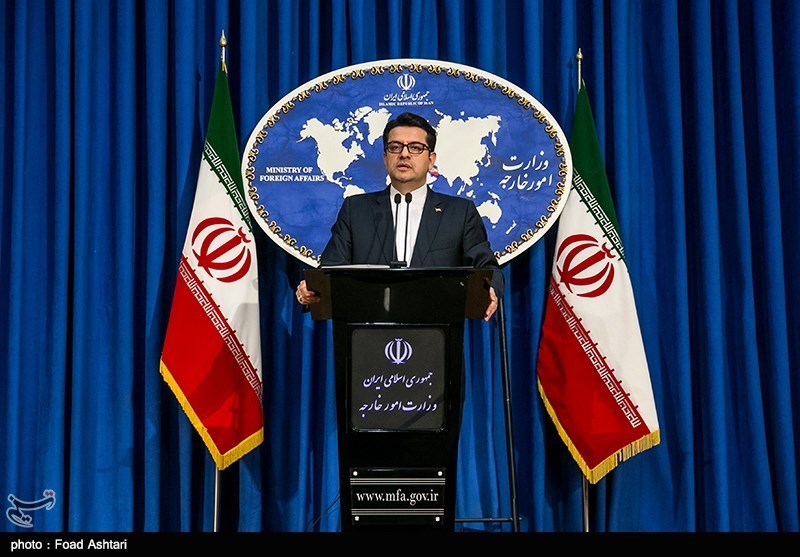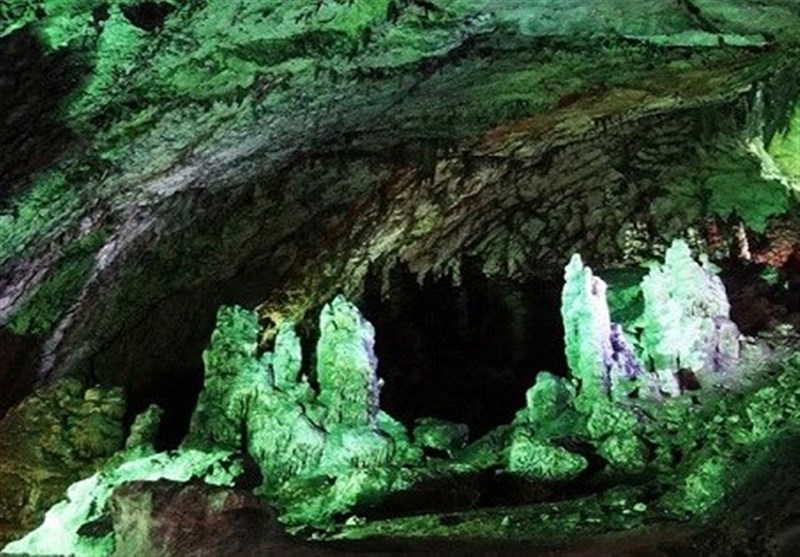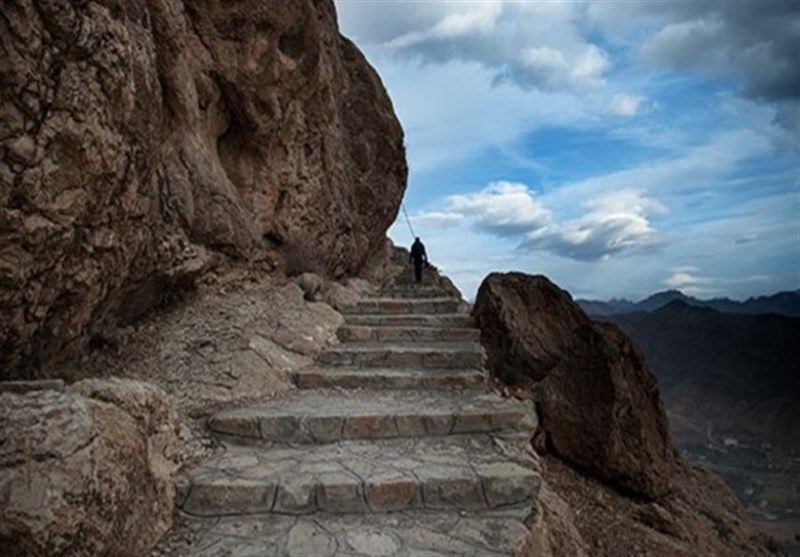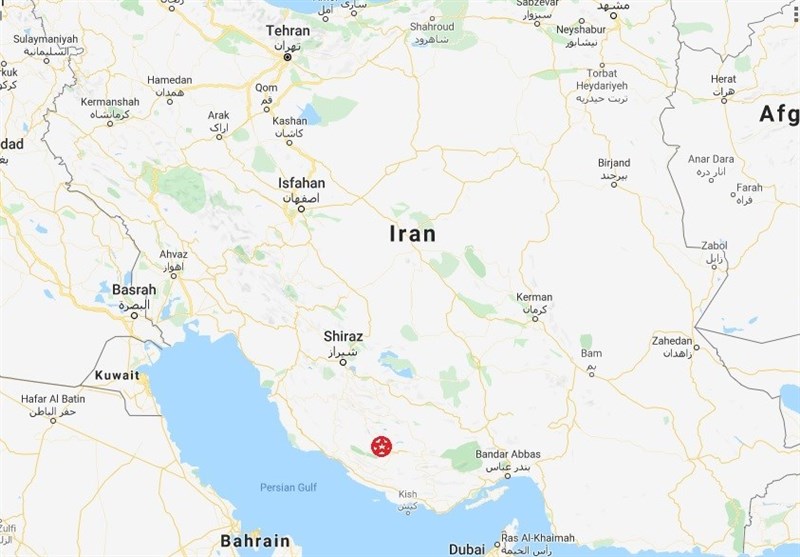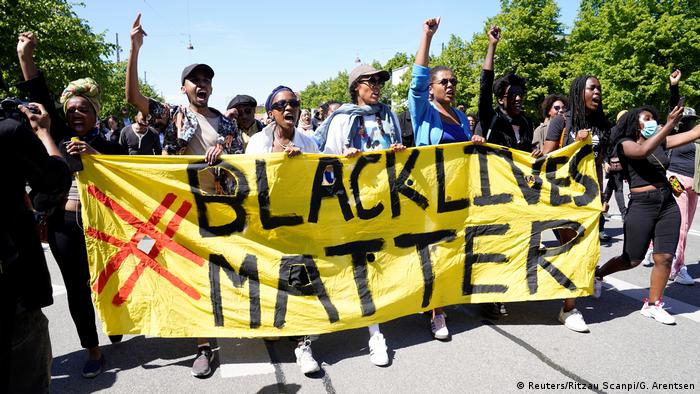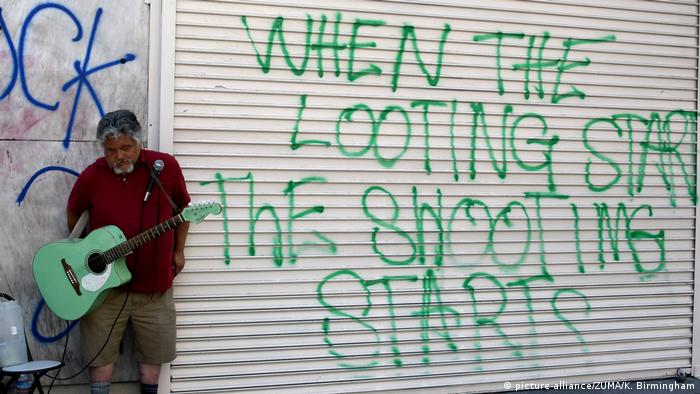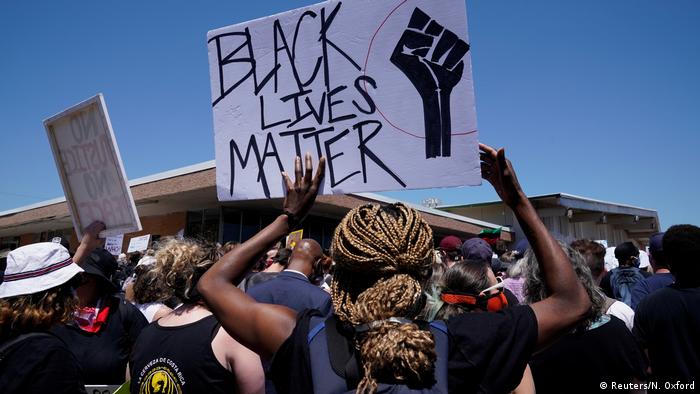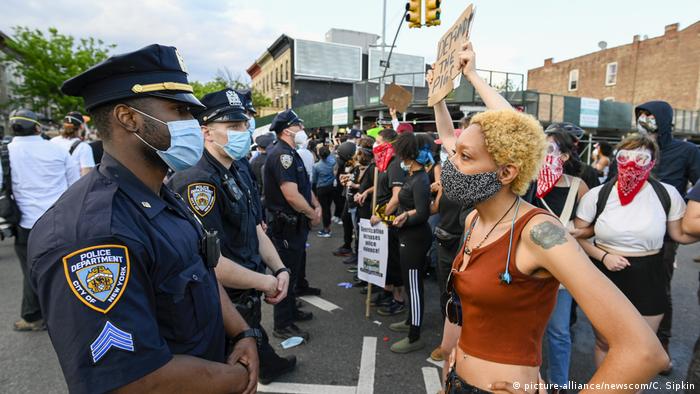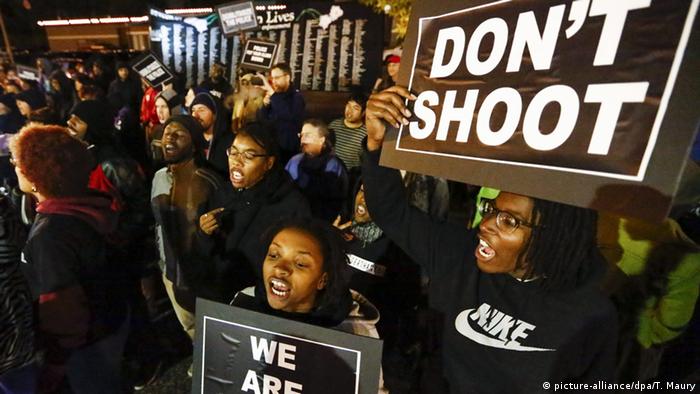FROM THE GUY WHO HID FROM PROTESTERS
IN THE BASEMENT BUNKER IN HIS HOUSE
Trump calls governors ‘weak,’ urges them to use force against unruly protests
Trump told the governors that “you have to use the military” and “we have a wonderful military,” and he mused about the Occupy Wall Street movement and said it was a “disgrace” that was ended by governors and mayors being tough.
The president said that people arrested at the protests should serve 10-year prison sentences, according to another person familiar with the call.
“It’s like a war. . . . It is a war in a certain sense,” Trump said. “And we will end it fast. Be tough.”
YOU GUYS DO MY DIRTY WORK
As cities burned, Trump stayed silent — other than tweeting fuel on the fire

© Evelyn Hockstein for The Washington Post Members of the U.S. Secret Service stand guard in front of the White House as demonstrators gather nearby on Saturday to protest the death of George Floyd.
In cities across America on Sunday, people awoke to see shattered glass, charred vehicles, bruised bodies and graffiti-tagged buildings. Demonstrators gathered again in peaceful daytime protest of racial injustice. By evening, thousands had converged again in front of the White House, where people had rioted and set fires the night before.
President Trump stayed safely ensconced inside and had nothing to say, besides tweeting fuel on the fire.
Never in the 1,227 days of Trump’s presidency has the nation seemed to cry out for leadership as it did Sunday, yet Trump made no attempt to provide it.
That was by design. Trump and some of his advisers calculated that he should not speak to the nation because he had nothing new to say and had no tangible policy or action to announce yet, according to a senior administration official. Evidently not feeling an urgent motivation Sunday to try to bring people together, he stayed silent.
Trump let his tweets speak for themselves. One attacked the Democratic mayor of Minneapolis; another announced that his administration would designate the antifa movement a terrorist organization; a third accused the media of fomenting hatred and anarchy; and in yet another, he praised himself for the deployment of the National Guard and denigrated former vice president Joe Biden.
In one of his missives, Trump wrote, “Get tough Democrat Mayors and Governors. These people are ANARCHISTS. Call in our National Guard NOW. The World is watching and laughing at you and Sleepy Joe. Is this what America wants? NO!!!”

© Evelyn Hockstein for The Washington Post People protest outside the White House on Saturday.
The United States is visibly, painfully broken by the unprecedented confluence of health, economic and social crises, any one of which alone would test a president. It was extraordinary then to hear some in the public arena suggest Sunday that this president ought stay in the background, arguing that Trump lacked the moral authority and credibility necessary to heal the country.
“He should just stop talking. This is like Charlottesville all over again,” Atlanta Mayor Keisha Lance Bottoms (D) said Sunday on CNN’s “State of the Union,” referring to Trump’s equivocations following a deadly white-supremacist rally in 2017. “He speaks, and he makes it worse. There are times when you should just be quiet. And I wish that he would just be quiet.”
This weekend exemplified many of the characteristics that have defined Trump’s five years as a presidential candidate and president — chaos and unrest, fear and anger, division and disruption. Some of these themes and qualities helped draw Trump’s supporters to him and keep them faithful, giving him a chance at reelection in November despite the carnage on his watch this spring.





























































